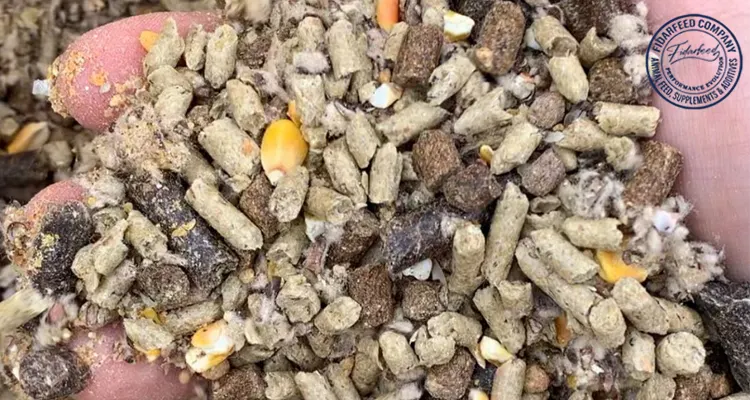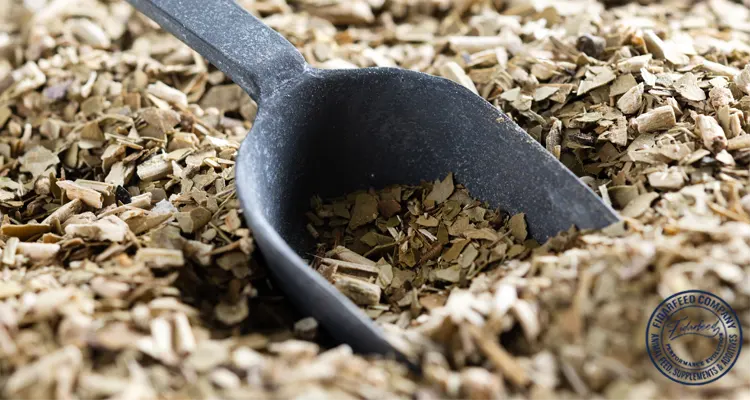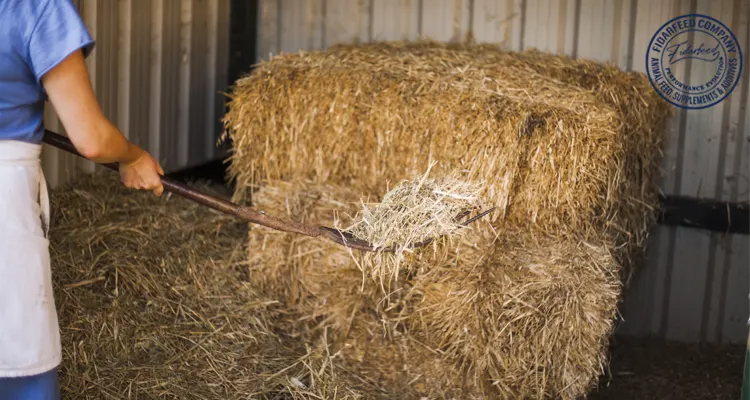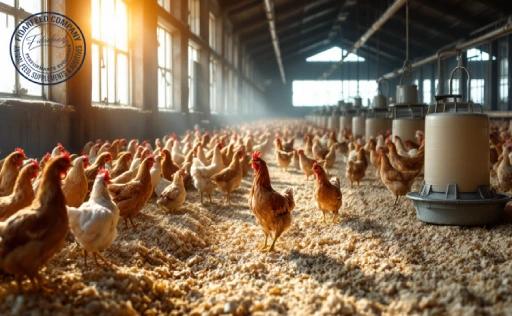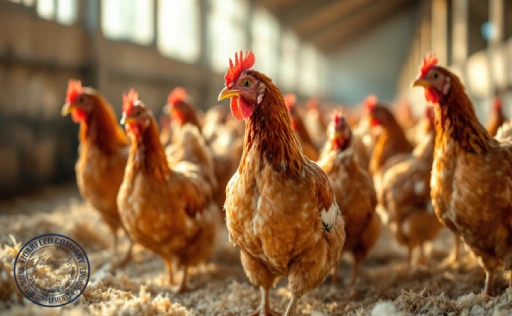Understanding Bulk Cattle Feed Prices: What Affects the Cost?
Bulk cattle feed prices fluctuate due to several key factors. The cost of raw ingredients, such as corn, soybeans, and alfalfa, plays a major role, as these commodities are subject to market demand, weather conditions, and global supply chain disruptions. Transportation expenses also impact pricing, as fuel costs and logistics influence the final cost of delivery. Additionally, bulk discounts vary depending on supplier pricing structures, with larger orders often yielding better rates. Seasonal trends, such as increased demand during winter when grazing is limited, can also affect pricing. Understanding these factors helps farmers make informed purchasing decisions and plan ahead to secure the best deals.
Benefits of Buying Cattle Feed in Bulk
Purchasing cattle feed in bulk offers significant advantages. First and foremost, it reduces costs per unit, allowing farmers to save money in the long run. Bulk buying also ensures a consistent and reliable feed supply, minimizing the risk of shortages that can affect cattle health and productivity.
Learn more about: Active Probiotic Yeast for Large animal
Additionally, bulk feed purchases reduce packaging waste, making them a more environmentally friendly option. By buying in large quantities, farmers also have greater control over feed quality, ensuring their cattle receive a consistent and balanced diet tailored to their needs.
How to Find the Best Bulk Cattle Feed Suppliers
Finding a reliable bulk cattle feed supplier requires careful research. Start by checking online reviews, industry forums, and recommendations from other farmers. Look for suppliers that offer transparent pricing, quality assurances, and flexible delivery options.
Learn more about: Physical Stress in Cattle: Causes, Effects, and Prevention Strategies
Visiting a supplier’s facility, if possible, allows you to inspect their storage and production practices. Another key factor is supplier reputation; companies with long-standing experience in the industry are more likely to provide consistent quality and service. Comparing multiple suppliers and negotiating pricing based on order volume can also help you secure better deals.
Cost-Effective Strategies for Buying Bulk Cattle Feed
To maximize savings, farmers can adopt strategic purchasing techniques. Buying feed during the off-season, when demand is lower, often results in better pricing. Pooling resources with neighboring farmers to place larger orders can also reduce costs.
Learn more about: Discover Zeolite Benefits for Health in modern animal breeding: From Cattle to Fish
Additionally, negotiating contracts with suppliers for long-term purchases can lock in favorable rates and protect against price fluctuations. Monitoring market trends and adjusting feed choices based on ingredient prices can further optimize costs while maintaining nutritional value.
Bulk vs. Bagged Feed: Which Option Saves You More?
Choosing between bulk and bagged feed depends on various factors, including farm size, storage capacity, and feeding systems. Bulk feed is generally more cost-effective for large operations, as it eliminates packaging costs and enables streamlined feeding processes.
Learn more about: Livestock Feed Suppliers: Your Source for Premium Animal Nutrition
However, it requires proper storage solutions, such as silos or covered bins, to prevent spoilage. Bagged feed, while more expensive per unit, offers convenience and flexibility for smaller farms or those with limited storage space. Evaluating long-term cost savings and operational efficiency can help determine the best option for each farm.
Storing Bulk Cattle Feed Properly to Reduce Waste
Proper storage is crucial to maintaining feed quality and minimizing losses. Bulk feed should be stored in dry, well-ventilated areas to prevent mold growth and spoilage. Using airtight bins or silos protects feed from pests and contaminants.
Learn more about: Comprehensive Guide to Starting Cattle Farming: Where to Begin?
Regularly inspecting storage facilities for signs of moisture, rodents, or insect infestations helps prevent costly waste. Implementing a first-in, first-out (FIFO) system ensures older feed is used before newer stock, maintaining freshness and nutritional value. Investing in quality storage solutions can lead to long-term cost savings and improved cattle health.
Common Mistakes to Avoid When Buying Bulk Cattle Feed
Farmers should be aware of common pitfalls when purchasing bulk feed. Overbuying without adequate storage can lead to spoilage and financial loss. Neglecting to check ingredient quality or relying solely on price without considering nutritional value can result in lower feed efficiency and health issues in cattle.
Learn more about: How to Diagnose and Manage Foot-and-Mouth Disease in Cattle?
Additionally, failing to establish a strong relationship with suppliers may lead to inconsistencies in feed availability. Keeping detailed records of feed usage and regularly evaluating costs and quality can help avoid these mistakes.
Future Trends in Bulk Cattle Feed Prices: What to Expect
The cattle feed industry is evolving, with several factors influencing future price trends. Climate change and unpredictable weather patterns may impact feed-ingredient availability, causing price fluctuations. Technological advancements in feed production and alternative protein sources, such as insect-based feed and fermented grains, could offer cost-effective solutions in the future.
Learn more about: How to Treat Bovine Respiratory Disease: A Complete Guide for Cattle Farmers
Sustainability initiatives and changes in global trade policies may also affect bulk cattle feed prices. Staying informed about industry trends and adapting purchasing strategies accordingly can help farmers navigate future market changes effectively.
Conclusion
Understanding bulk cattle feed prices and adopting cost-effective buying strategies can significantly impact farm profitability. By sourcing feed from reliable suppliers, optimizing storage solutions, and staying informed about market trends, farmers can secure the best deals without compromising on quality. Whether you’re an experienced cattle breeder or just starting, making informed purchasing decisions will help improve cattle health and overall farm efficiency. Have thoughts or questions? Share your insights in the comments below!


